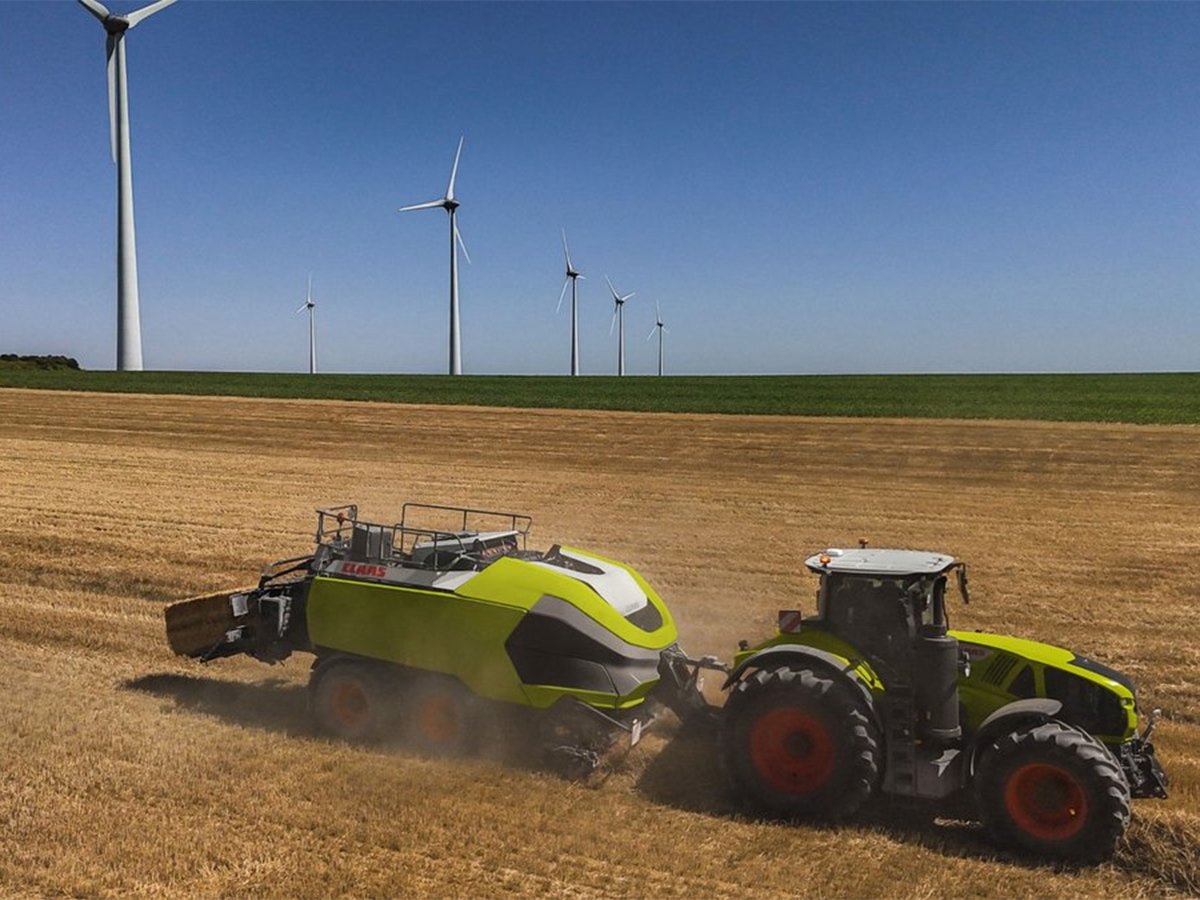TABER, Alta. – Alberta farmers interested in producing their own electricity have a new option through a program called microgeneration.
Regulations allowing the production of less than one megawatt of power went into effect Jan. 1.
“This is distributed generation in your backyard,” said Rob Falconer of Enmax, one of the province’s largest energy generators and retailers.
“There is value in small scale generation that you use yourself.”
Microgeneration regulations encourage renewable energy such as wind, geothermal, solar and biomass.
The system must be sized to meet the customer’s needs and cannot be larger than one megawatt of power. It must be on the customer’s property or on adjacent land.
Read Also

Machinery automation runs through 2025 Agritechnica innovation awards
Computer vision and AI processing for farm machinery show up many times in Agritechnica’s 2025 innovation award winners.
“The microgenerated energy must be intended for the customer’s own use,” Andrei Nikiforuk of Alberta Energy told a farm energy conference held in Taber March 17-18.
Excess power may be sold to the main grid, which is then credited to the customer’s utility bill. It may be carried over for 12 months.
If excess electricity remains after that period, the utility settles with the customer at the pooled rate set by the Alberta Electric System Operator (AESO).
A bidirectional meter is installed to measure input and output from the site. Because customers remain connected to the grid and rely on it for back up, they still must pay the tariff rate that some say negates the benefit of producing one’s own electricity.
AESO sets the transmission tariff to cover the costs of managing the provincial system.
For municipal tax purposes, an on-farm generator is assessed according to the market value of the piece of land on which it is located.
Customers who want to develop electricity on their farms must apply to the Alberta Utilities Board, which provides details on how to apply on its website. Applications to the board must include all documents, including land use bylaw permits.
Customers who want to sell excess power to the grid must inform their electricity provider beforehand.
“Since January 2009, whatever you generated will be compensated,” said Raymond Lee of the AUB.
“If you started in November 2008, you won’t get paid.”
Wire owners must also approve the application. Rather than generating electricity, they own the transmission lines, wires and meters and connect customers to the power grid.
“It is important to do your research first,” said Gary Snow of Fortis Alberta, one of the province’s largest wire owners.
“Get your approval done before you buy your generator.”
About 20 microgeneration plans have been started and another 20 are in the approval process.















